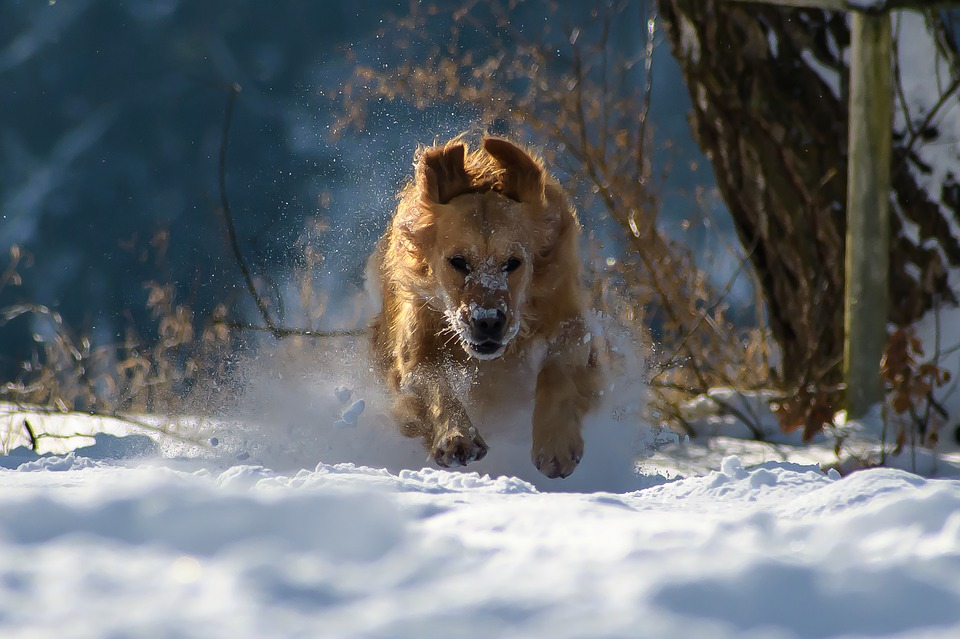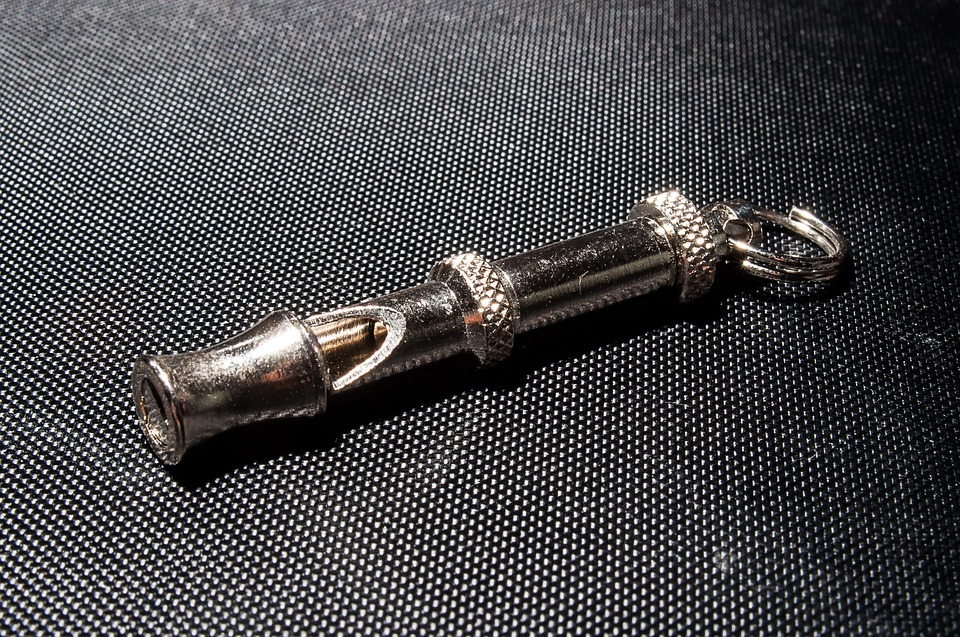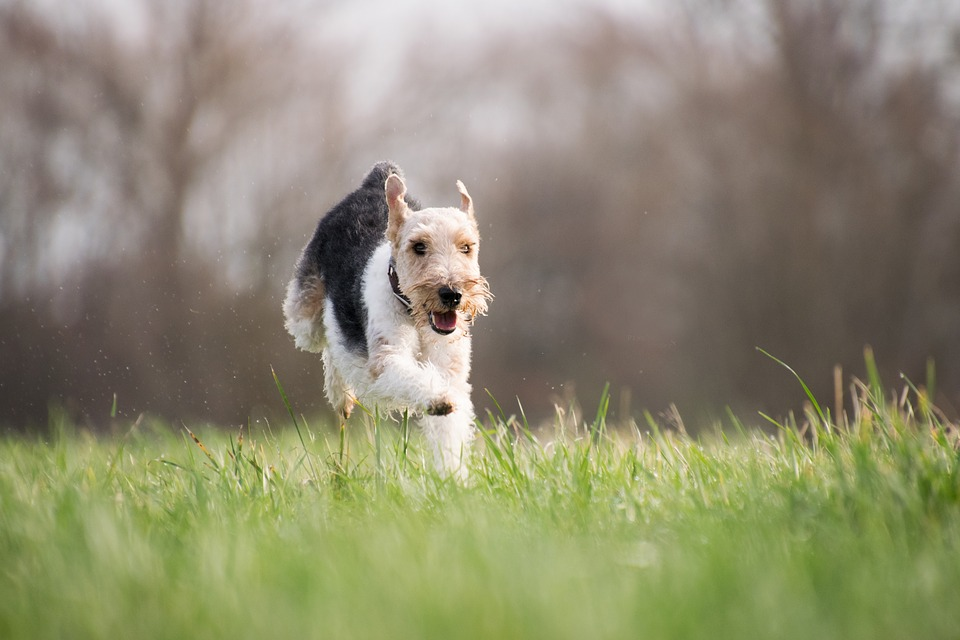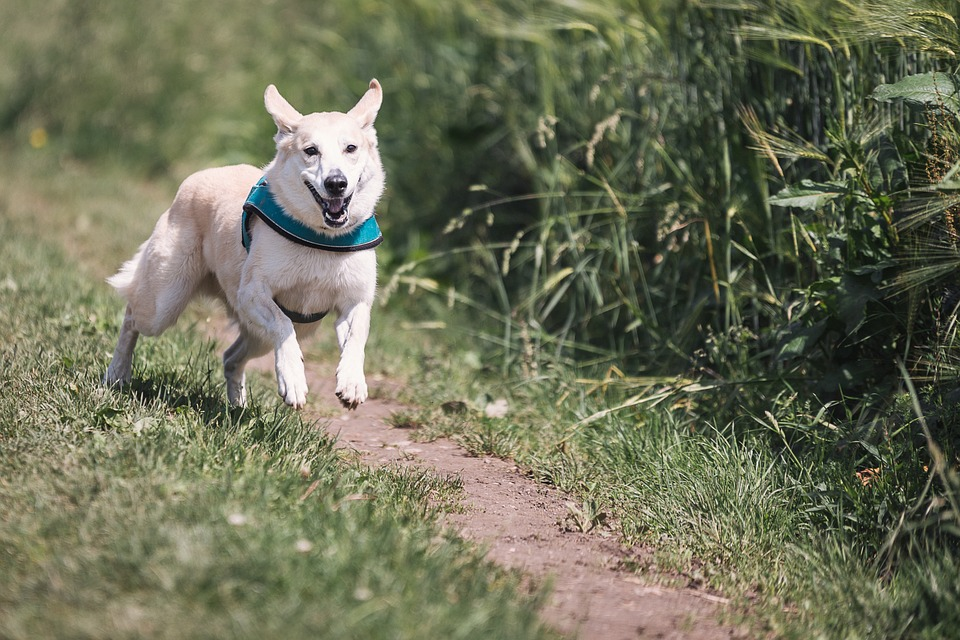Just as dogs can be trained to perform certain behaviors from voice commands and hand signals, dogs can also learn to respond to dog training whistles. Though thoughts of dog whistles usually include images of shepherds and sheepdogs, dog whistles can be utilized in the training of almost any canine.
Dogs can hear sounds from 4 times the distance compared to humans, and the frequency range they can detect is double what a human can.
Dogs and humans have very similar anatomy in the middle and inner ears. The reason their hearing is so much more sensitive than ours is due to the outer ear. Dogs have 18 or more muscles controlling their ear flaps, enabling them to accurately position their ear canals. Not only does this ability permit dogs to more precisely locate the source of a sound, but they can hear it more accurately and from a greater distance.
With that in mind, it’s no wonder that humans have been using whistles, first from their mouths and later from mechanical whistles, to communicate with their dogs.

Advantages of Using a Dog Whistle
Using a dog training whistle has several advantages. The sound of a whistle can carry much further than the sound of your voice, enabling you to communicate with your dog over long distances.
In addition to being loud, a whistle is also a very constant sound. Consistency helps your dog learn faster and prevents you from channeling negative emotions like anger or frustration into your command.
The piercing, unique sound of a dog whistle can also cut through other loud and distracting noises to get your dog’s attention.

Features of a Good Whistle
When looking to purchase a dog whistle, the following aspects should be taken into consideration:
- Sound: The sound should be consistent and able to carry at least 200 yards.
- Construction: Look for a whistle that is strong and rigid as you will most likely drop and possibly step on your whistle at some point.
- Washable: Something that goes in your mouth should be easy to sanitize.
- Replaceable: If you lose it, you don’t want to have to train your dog to respond to a different-sounding whistle.
How to Use a Dog Training Whistle
If you’ve decided to train your dog to recall, that is, come back to you, using a whistle, make sure you’ve already trained a verbal “come” command. A whistle should not be used as a substitute for a verbal command.
- Begin by taking your dog into a room with no distractions. Bring enticing treats your dog enjoys as well as your whistle.
- When your dog’s attention wanders, give your whistle one long, short blast.
- Wait for your dog to come over to you to investigate the strange noise.
- Praise and reward your dog for coming over to you.
- Repeat steps 2 through 4 several times until he or she seems to make the connection between the whistle and the reward. Behavior that signals your dog’s comprehension includes an eager approach after the whistle to receive their treat.
Remember:
- Keep training sessions short. Practice this exercise 5 times the first session, then 3 times every following session. Hold training sessions of this kind no more than 3 days per week.
- Use a high-value reward, i.e. something your dog does not usually get and will be willing to work for.
- There is no need to talk during this exercise; do not coax or beg your dog to come to you.
- Reward your dog every time he or she comes to you after a whistle blast.

Next Steps for Dog Whistle Training
After your dog gets the general idea of recalling when you blow your whistle, make progressions until you have a firm recall in any situation. Once your dog seems to have mastered returning to you after you blow the whistle in a quiet room, try other rooms in your house. Choose locations with distractions: other people, pets, sounds, sights, and smells, for example. Then try recalling your dog from one room while you are in another. Slowly increase distance and number or type of distractions.
Next, try moving to a confined or fenced-in area outside. Do not make this transition until your dog is very reliably learning to come when you blow the whistle inside. The idea of the fenced-in or otherwise confined area is not that your dog can’t run off, but that you can safely work on their recall from greater distances.
Just as when you train inside, practice this progression by waiting for your dog’s attention to wander, then blow the whistle to signal a return. Continue to generously reward your dog for returning to you. If you don’t have access to a confined space to safely train your dog, try a long leash.
Once they have a firm and successful recall, refresh your dog’s training once a week. Do not train more often than that or the whistle could lose its potency as a signal.

Whistle training can be an amazing tool to use with your pup. Adventuring in the outdoors is that much easier when you have peace of mind knowing your dog will return to you when you call.
